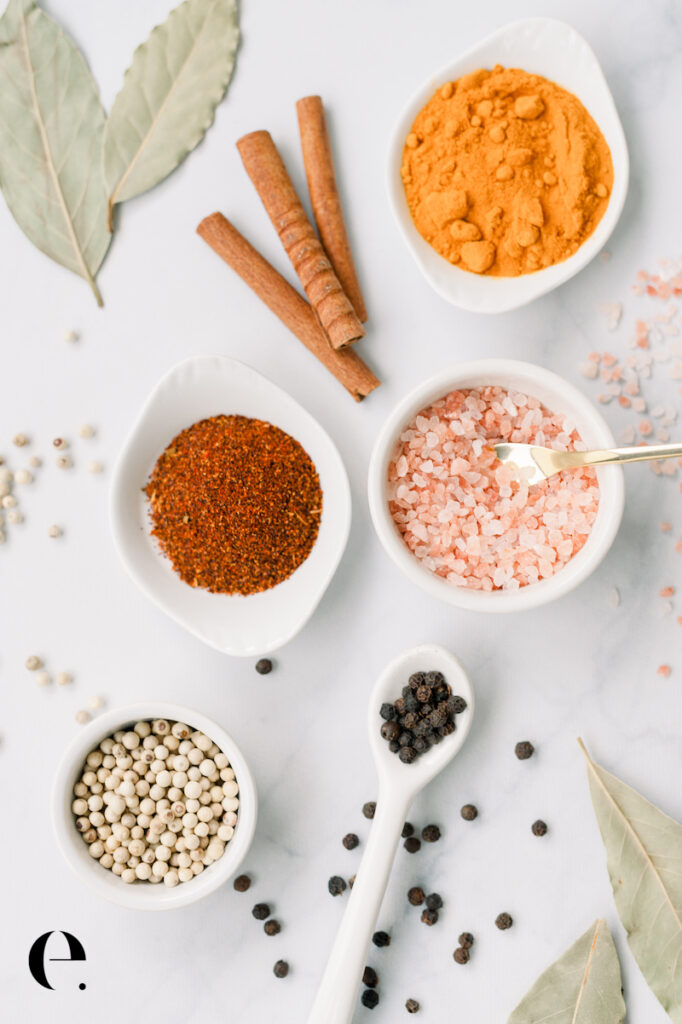
They add flavor without adding fat and calories, change a recipe into an entirely different dish, and provide an array of nutrients for improved health. Having them on-hand will allow you to quickly prepare your favorite whole recipes.
Read the ingredients of your spices, look for items without added preservatives (e.g. the spice(s) should be the only ingredient).
I suggest buying spices from a local spice shop as they will be freshly ground and available at surprisingly great prices. Save your glass spice jars and take them in to be refilled at a discount. I shop at The Savory Spice Shop in Denver and online.
Pay attention to expiration dates on spices, once expired, they lose flavor and nutrients.
Below is a list of what I always have on hand in my spice cabinet.
The Basics:
- Sea Salt (contains more minerals and fewer preservatives than regular table salt)
- Garlic Salt
- Dried Basil
- Dried Oregano
- Cumin (Ground and Seeds)
- Cayenne Pepper
- Sweet Paprika
- Crushed Red Pepper Flakes
- Course Black Pepper
- Granulated White Onion
- Cinnamon
- Turmeric
- Ginger
Blends:
(Shop around to find your favorite brand/combination)
- Chili Powder (contrary to popular belief, all chili powders are different)
- Thai Curry
- Indian Curry
- Poultry/Fish Rub (I love Pearl St. Plank Rub from Savory Spice)
There are so many blends out there, experiment with creating your own, asking friends for their suggestions, and talking to your local spice shop expert.
Even More:
- Crushed Aleppo Peppers (my absolute favorite on pizza and pasta)
- Smoked Sweet Paprika
- Dried Dill
- Mustard Seed
- Coriander Seed
- Fennel Seed
- White Pepper
- Maple Sugar Flakes
P.S. A few people have asked what the difference is between spices and herbs. They are both very similar, the differences are that herbs are fresh, not dried, and spices can come from herbs, seeds, fruits, vegetables, roots, barks, etc.

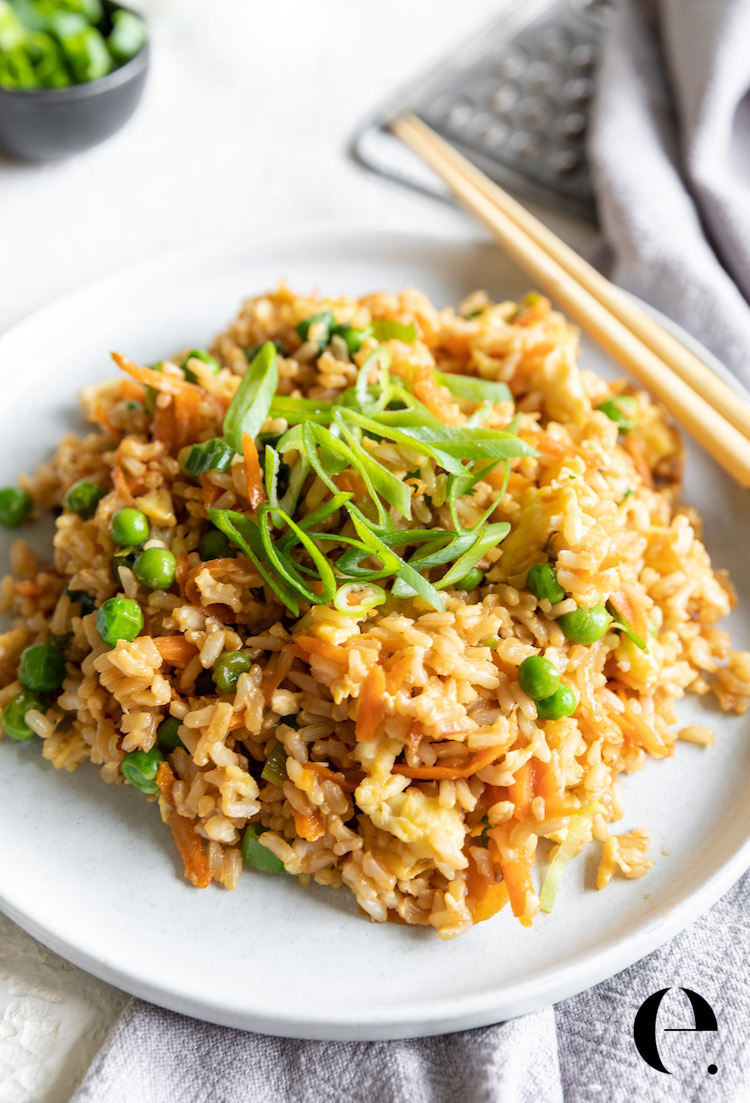
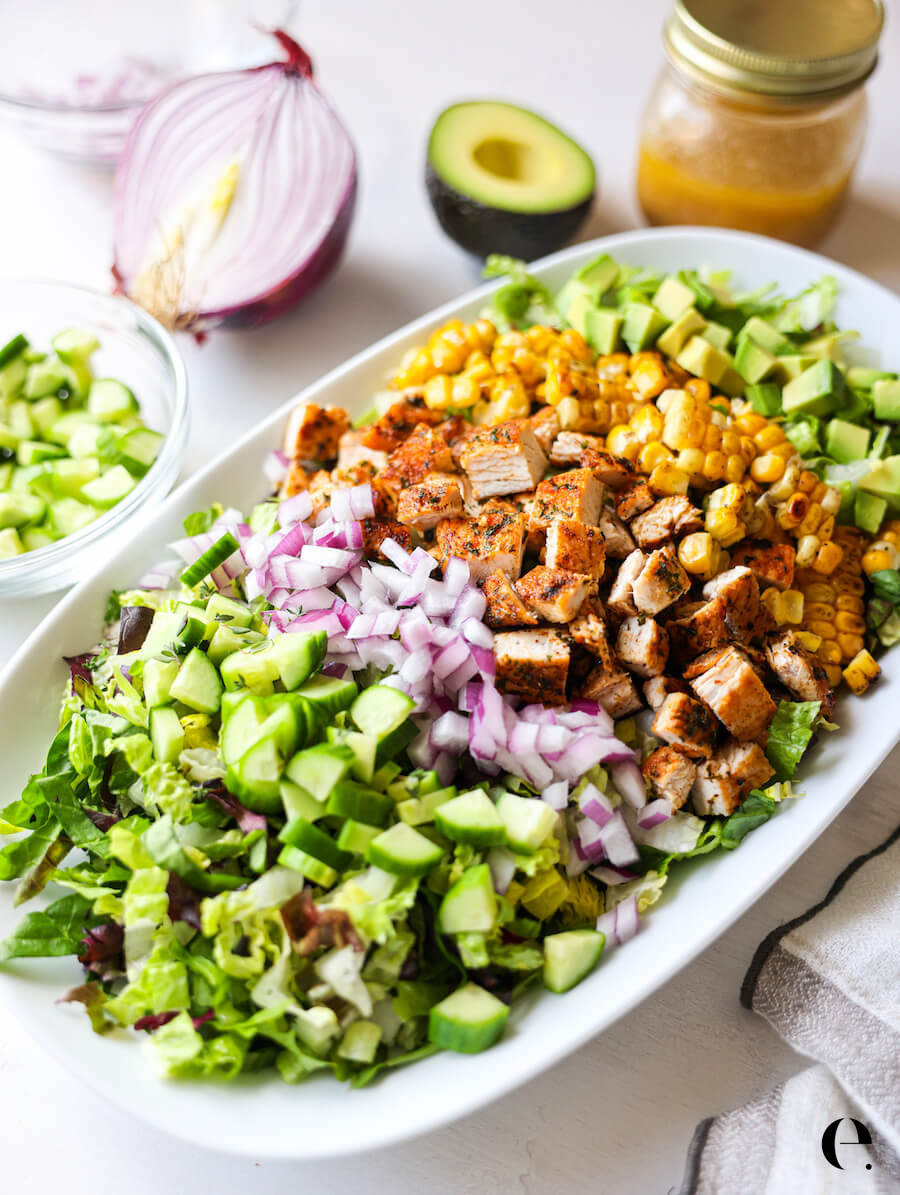
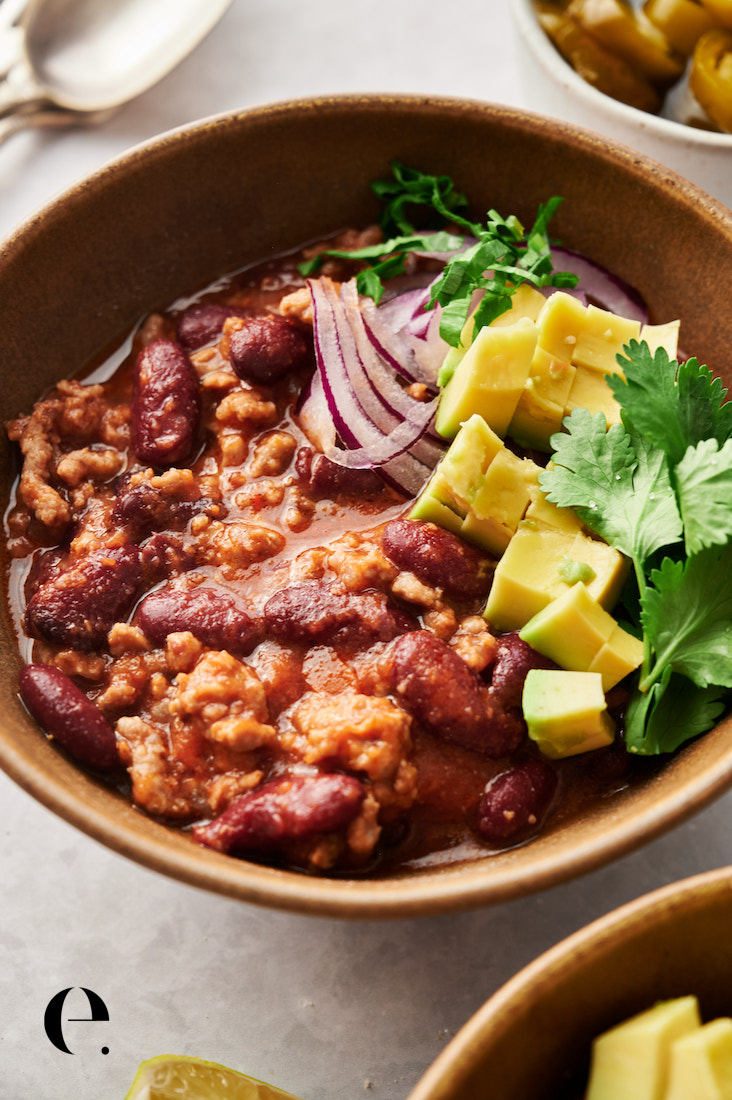
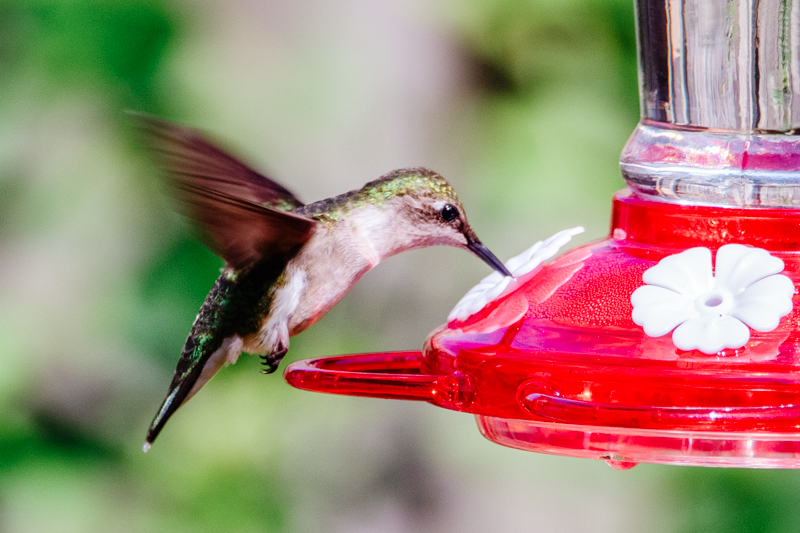
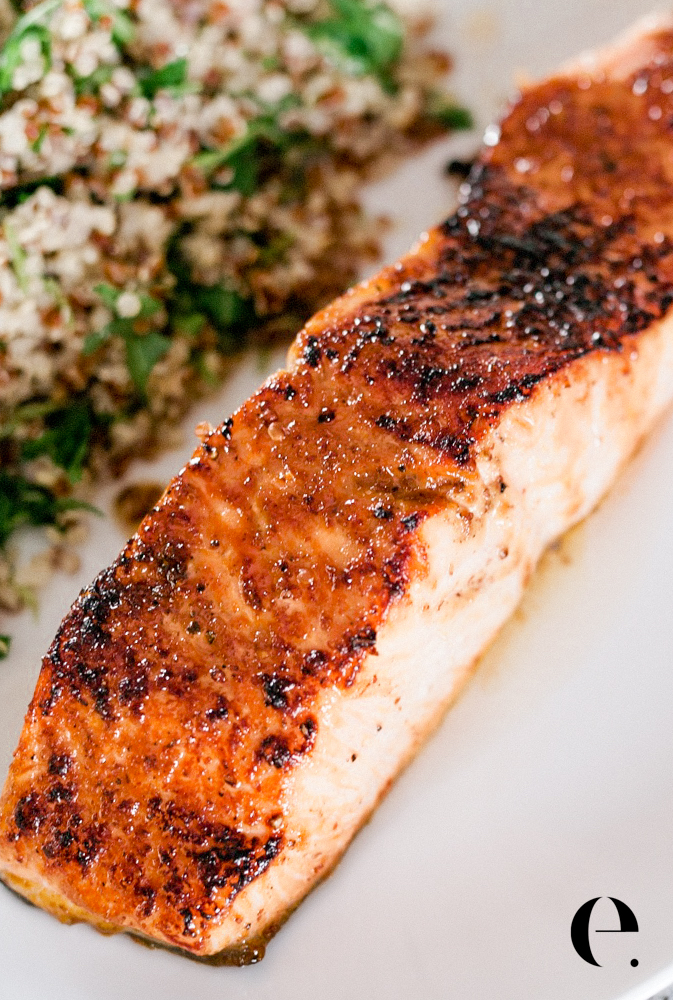
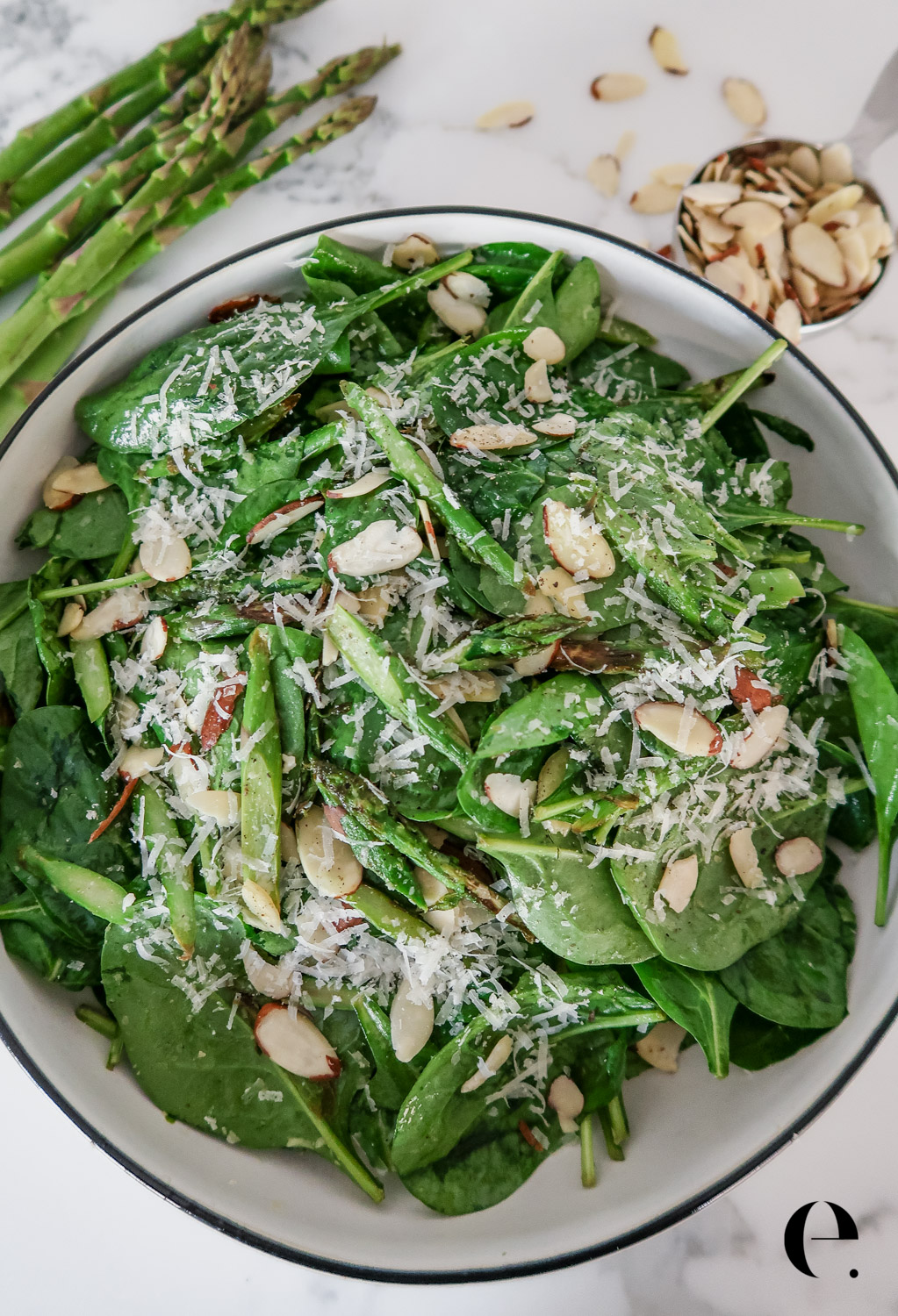
Hi Liz,
I came across your blog when searching for a Chickpea Dahl recipe. I had forgotten how to ‘soak’ pulses and legumes and your page came up.
Firstly, thank you for the free e-recipe book!
(I was actually in the middle of writing my own copy for a lifestyle blog in Almeria, Spain!)
This page is wonderful. There is something really lifting about pictures of spices and raw ingredients.
I was in the Middle East in February, and brought back dried spices from Aswan. Ground Corriander, Dried Mint and a large bag of Saffron. They smell amazing because they are un-treated with no additives. I am looking forward to mixing blends and using your recipes.
Enya